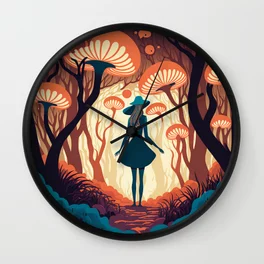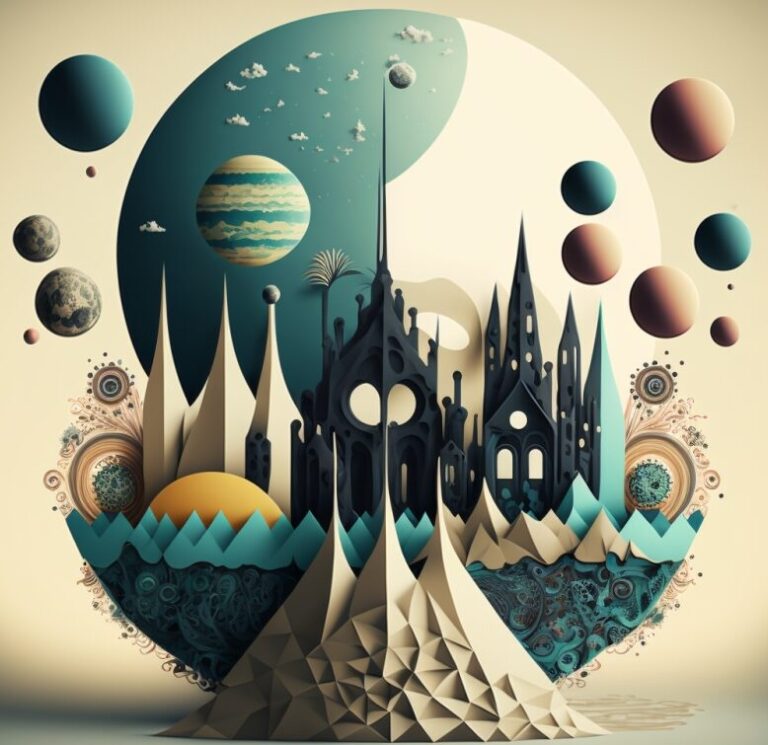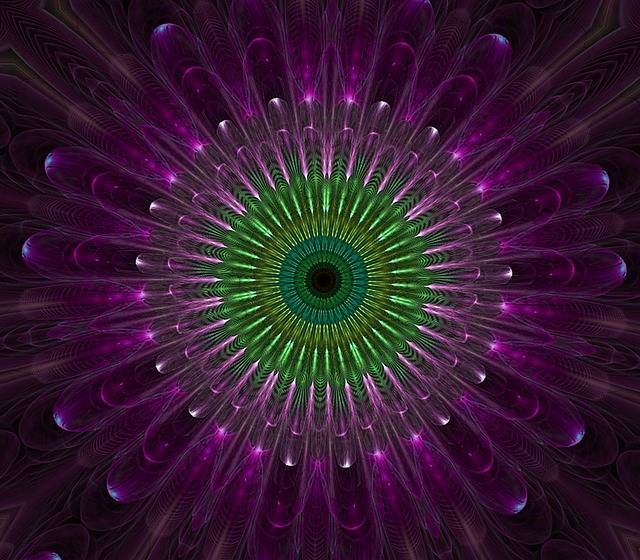Psychedelic Art

Psychedelic clothing and home decor.
How To Use Psychedelic Tones In Your Everyday Items Introduction Psychedelic clothing and home decor are a fun way to find pep in your step. If you’re not sure how to incorporate these bright colors into your everyday life, try some of these ideas: Psychedelic Clothing: For Every Occasion! Psychedelic clothing is the perfect way…

Can art help with depression?
Depression is a mental health disorder characterized by persistent feelings of sadness, hopelessness, and a lack of interest or pleasure in activities. It can also involve physical symptoms such as fatigue, changes in appetite and sleep patterns, and difficulty concentrating. Mental disorders like depression can range in severity from mild to severe and can interfere…

How to create psychedelic art in illustrator
Have you ever wanted to take a journey into the incredible world of psychedelic art? With Adobe Illustrator, it’s now easier than ever to bring all your cosmic dreams to life! From colorful, swirling patterns and abstract shapes, to vibrant figures and fantastical landscapes, every idea is within reach. But how do you get started?…

How to create psychedelic art in Photoshop
Definition of psychedelic art and its history Psychedelic art is a type of art that originated in the 1960s as a result of the usage of psychedelic substances like LSD and psilocybin. It is distinguished by its use of brilliant, vivid colors, abstract forms and patterns, and surreal images. The goal of psychedelic art is…

The psychedelic art movement of the 1960s
The realm of psychedelic art saw significant aesthetic and societal transformation throughout the 1960s, as did other fields of art. Psychedelic Artists started experimenting with new and unusual methods of expressing themselves as the counterculture movement spread around the globe, and the resulting art was nothing short of mind-bending. The psychedelic art movement of the…